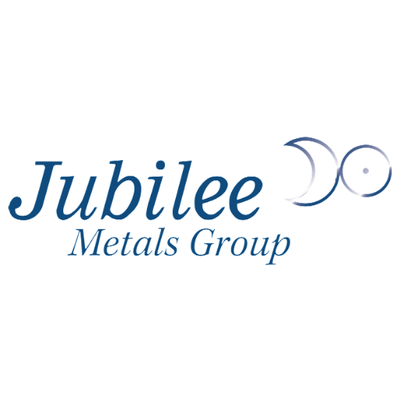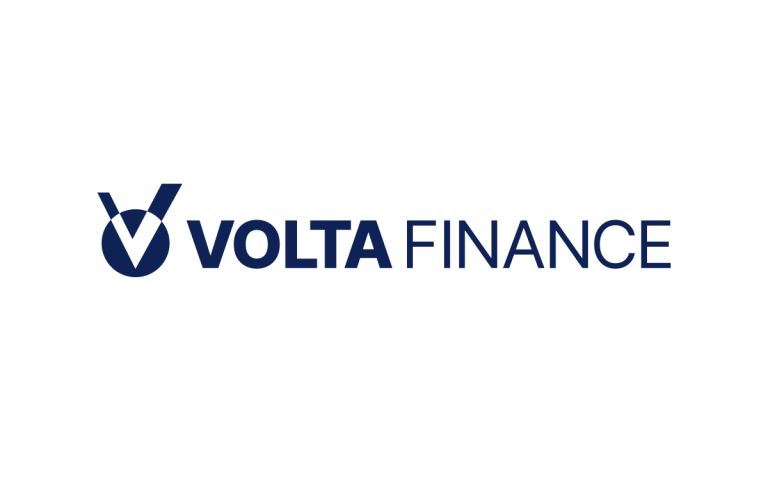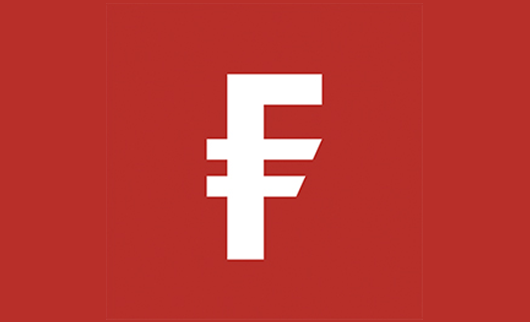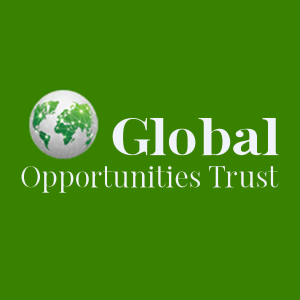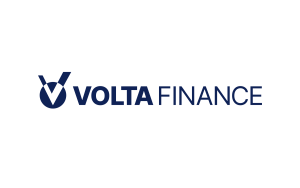Copper is beginning to behave like a strategic asset rather than a commodity, as invisible hands guide it across oceans with a precision that hints at more than short-term pricing. The shift is subtle, but the consequences are mounting.
Recent moves in the copper market have sent a quiet but powerful signal, supply is no longer anchored by traditional flows. Warehouses in major hubs like London and Shanghai have seen their inventories steadily drawn down, reflecting an increasingly constrained global picture. Yet the reason isn’t surging industrial demand or a sudden economic catalyst. It’s about pre-emptive manoeuvring.
Traders are accelerating shipments into the United States, anticipating potential changes in import tariffs. This anticipatory shift is creating an imbalance: U.S. stockpiles are swelling while global exchange inventories dwindle. The result is a bifurcated supply map, with copper flowing preferentially into U.S. ports at the expense of other markets.
This redistribution has triggered a rare phenomenon in the copper futures market, persistent backwardation. Spot prices have risen above futures prices in both London and Shanghai, a strong indicator of immediate scarcity. Even ultra-short-term spreads, measured over just one or two days, have widened dramatically, reflecting physical tightness on a granular level. For those tracking signals of stress within commodity logistics, these movements are not noise, they are red flags.
But unlike the acute shocks of the past, today’s dynamic is less volatile and more structural. The shift is being driven by global policy expectations, logistics recalibrations and strategic positioning. While importers secure material ahead of regulatory changes, miners and producers find themselves navigating an altered flow of demand, one dictated less by consumption and more by geography and access.
Meanwhile, U.S. import data is beginning to reflect this behavioural pivot. Monthly arrivals have surged to levels not seen in over a decade, primarily from Latin American producers. This front-loaded supply may appear to ease U.S. availability in the short term, but it’s coming at the cost of deepening scarcity elsewhere. Traditional copper markets in Asia and Europe are left contending with increasingly tight conditions, and this divergence is being priced in more clearly with each passing week.
In this environment, copper’s price resilience is no longer simply a function of macro optimism or speculative positioning. Instead, the market is rewarding physical access, proximity to U.S. entry points, and adaptability within shifting trade frameworks. This has direct implications for long-term investors. Companies that can operate across geographies and respond to evolving trade environments will be better placed to capture margin and navigate volatility.
Additionally, with the U.S. dollar showing signs of softness and trade sentiment improving globally, underlying support for copper prices remains firm. Yet the real story is not in price levels, but in where the copper is moving, and why. What’s emerging is a more layered market, one in which localised policy and strategic positioning matter as much as traditional industrial indicators.
For those with exposure to copper, the message is clear: this is not just a cyclical uptick. The structure of the market itself is changing. Logistics, policy, and inventory are increasingly entangled, and that interplay will likely continue to shape outcomes well beyond the current tariff timeline.
Copper underpins industries from electrification to construction, but it’s the shifting global trade routes and pre-emptive supply realignments that now define its relevance to long-term investors. The metal is becoming more than a resource, it’s a strategic position.
Jubilee Metals Group plc (LON:JLP) is a diversified metal recovery business with a world-class portfolio of projects in South Africa and Zambia. The Company’s expanding multi-project portfolio across South Africa and Zambia provides exposure to a broad commodity basket including Platinum Group Metals, chrome, lead, zinc, vanadium, copper and cobalt.


